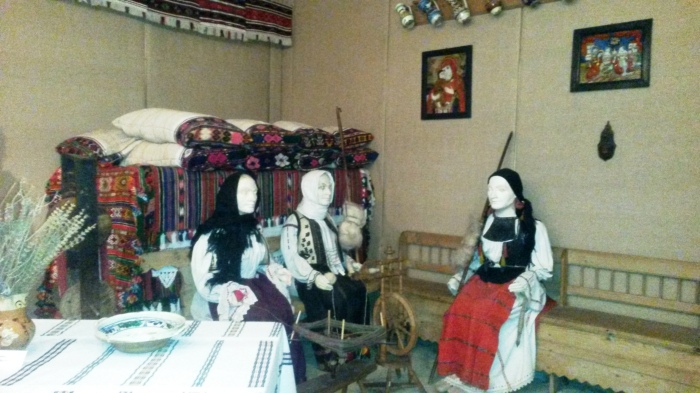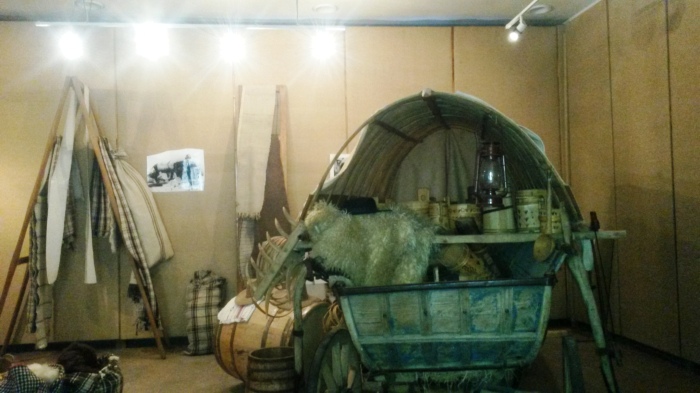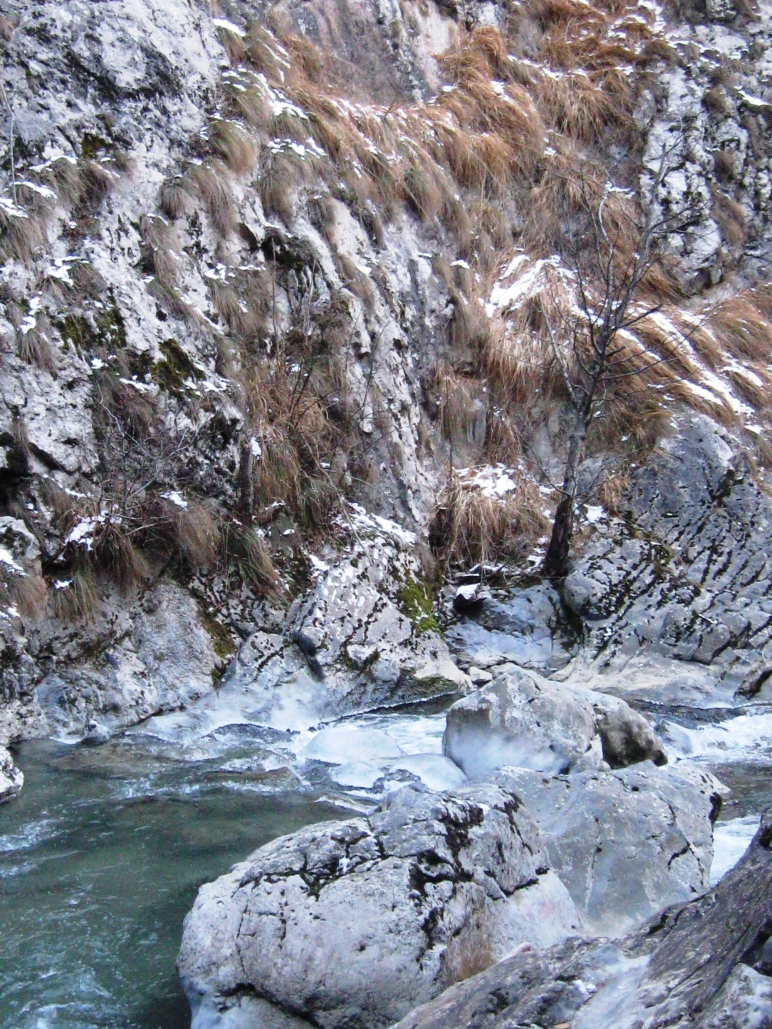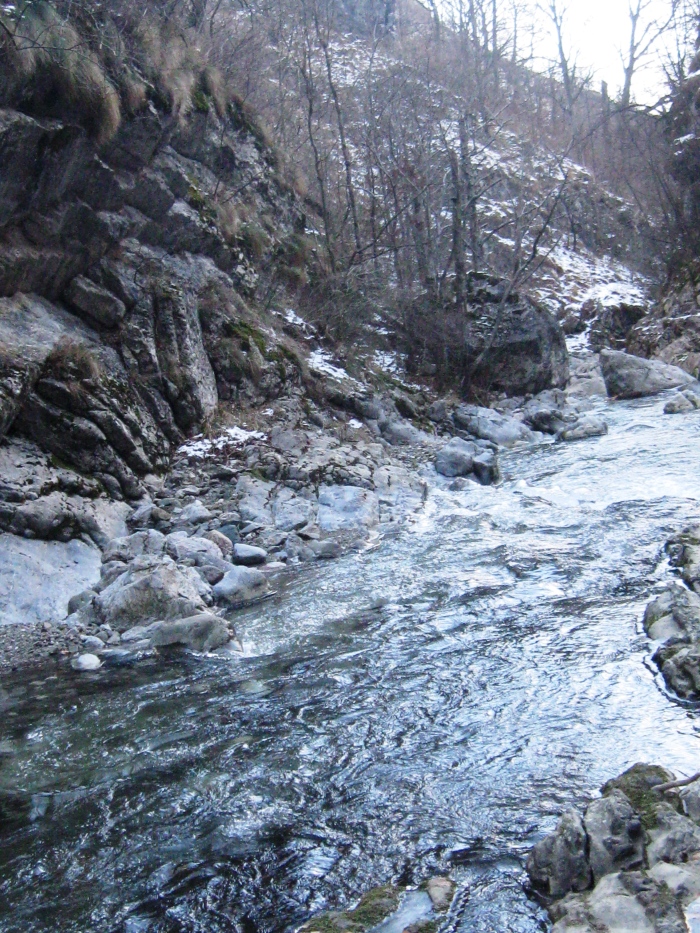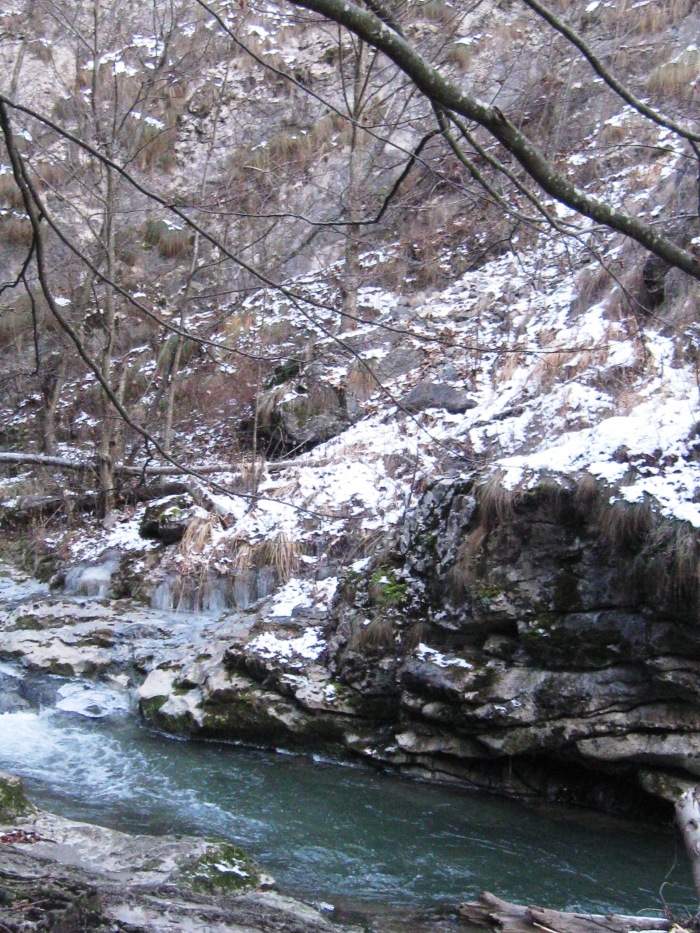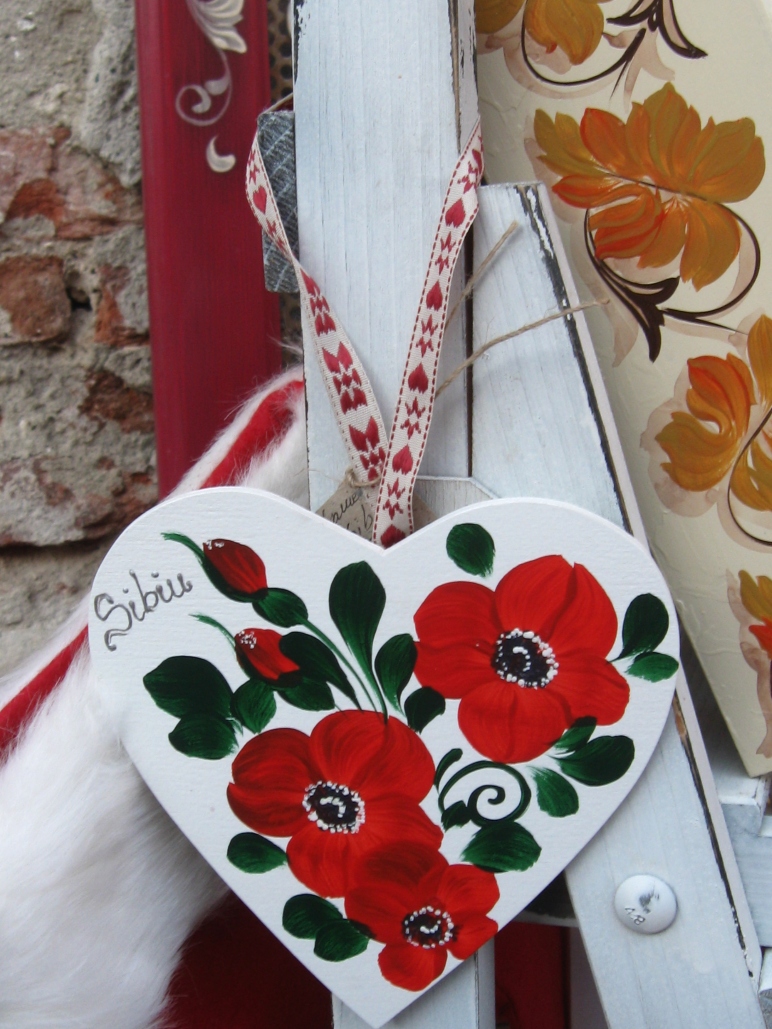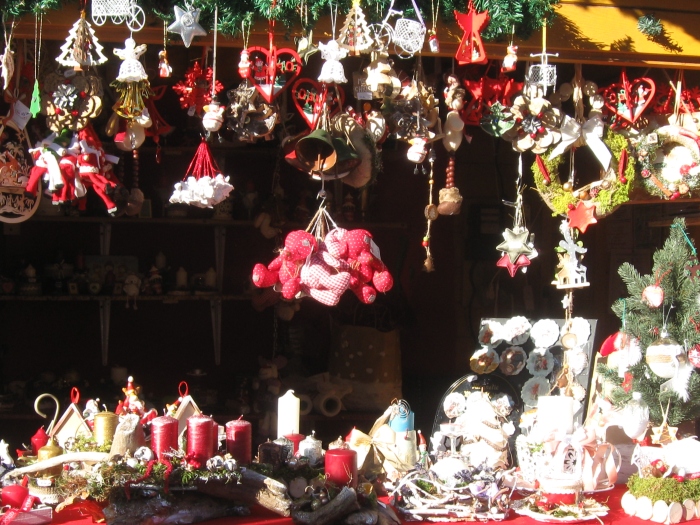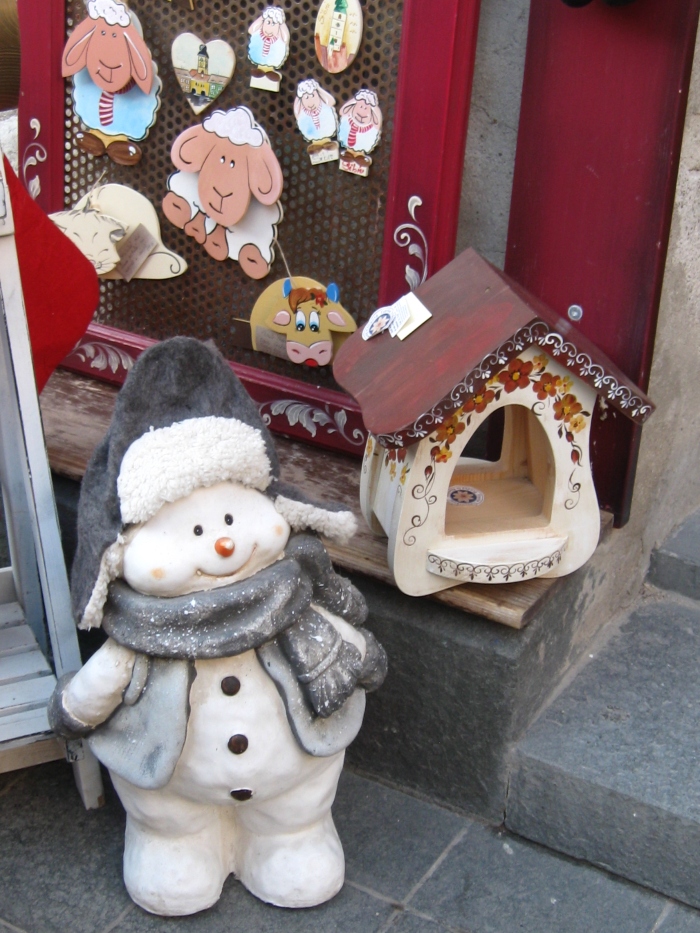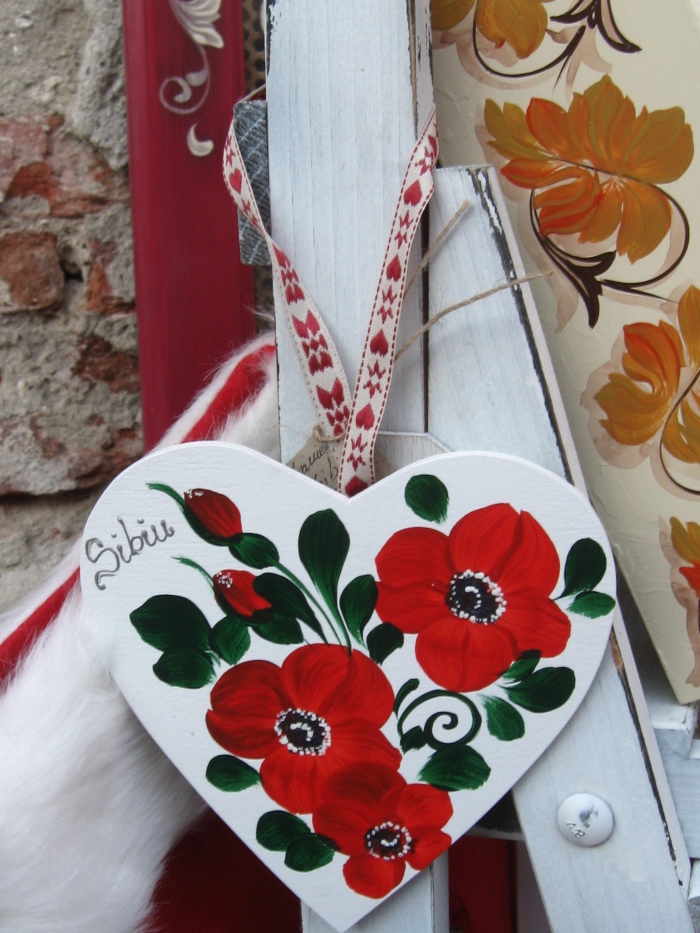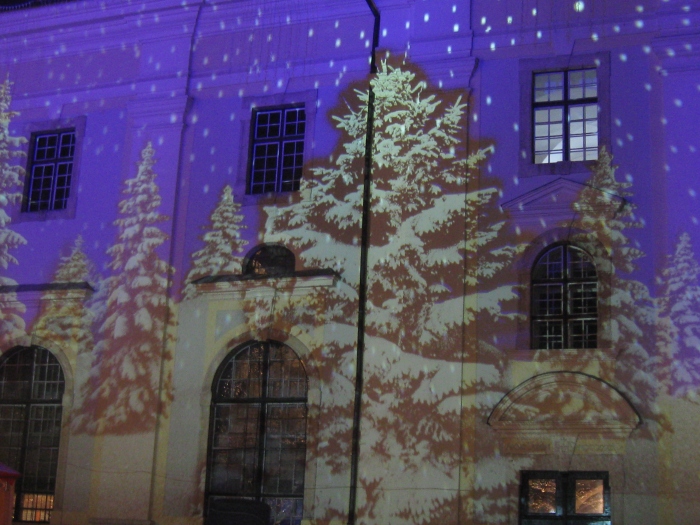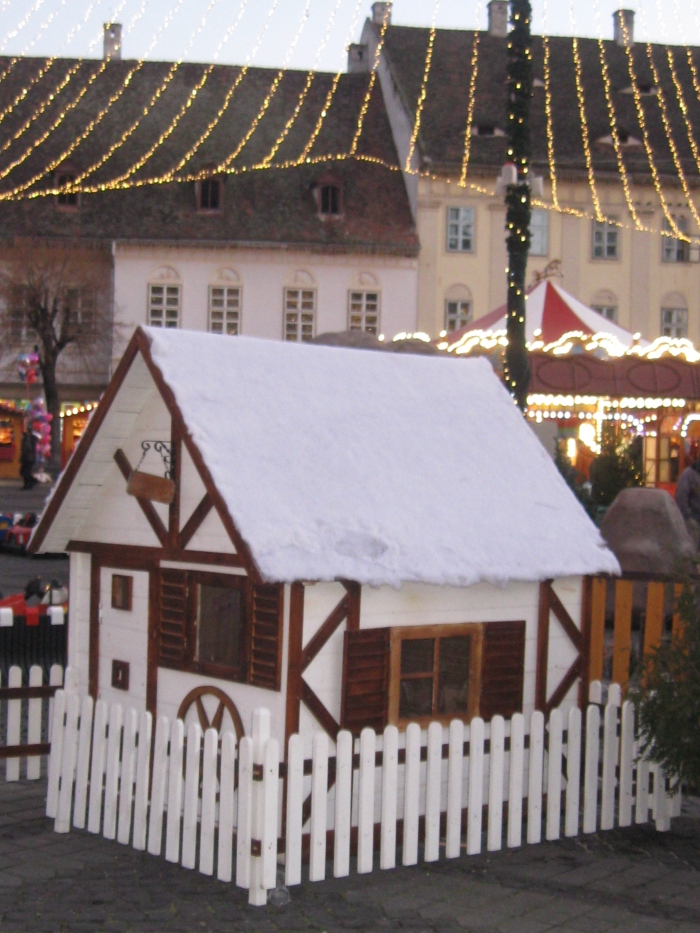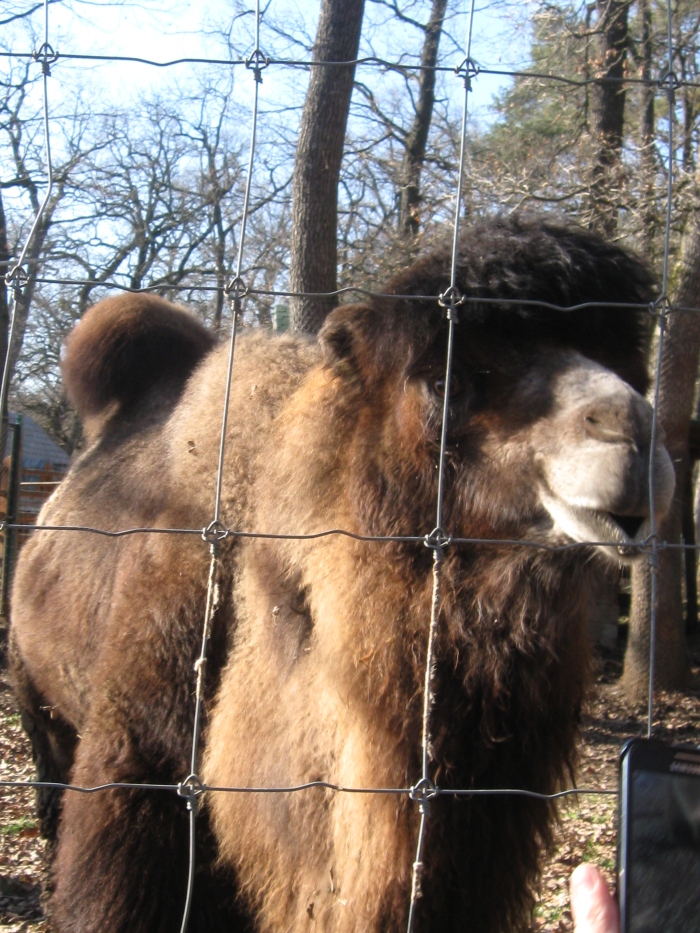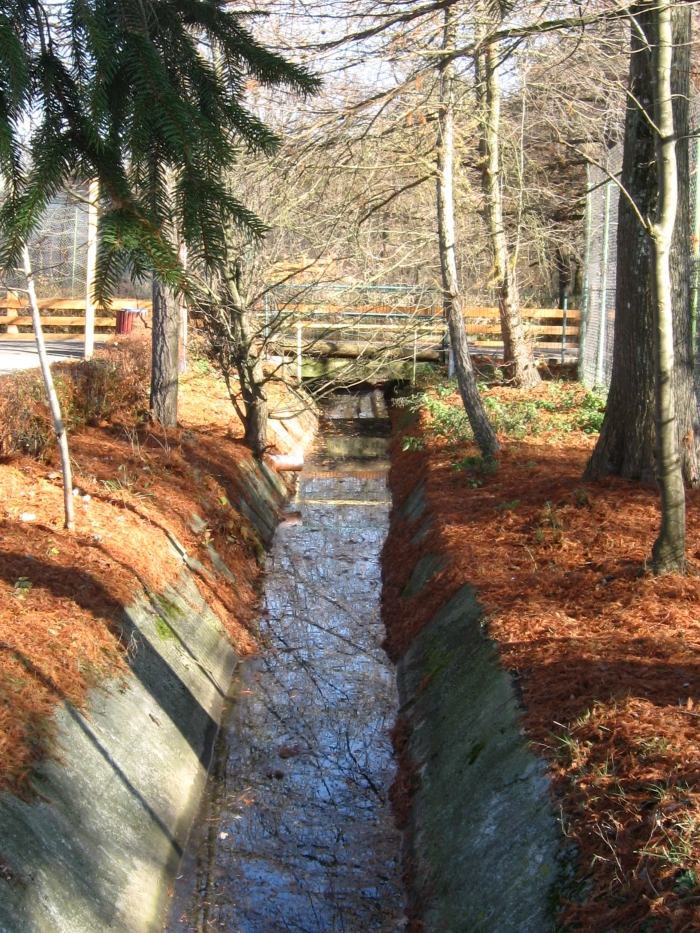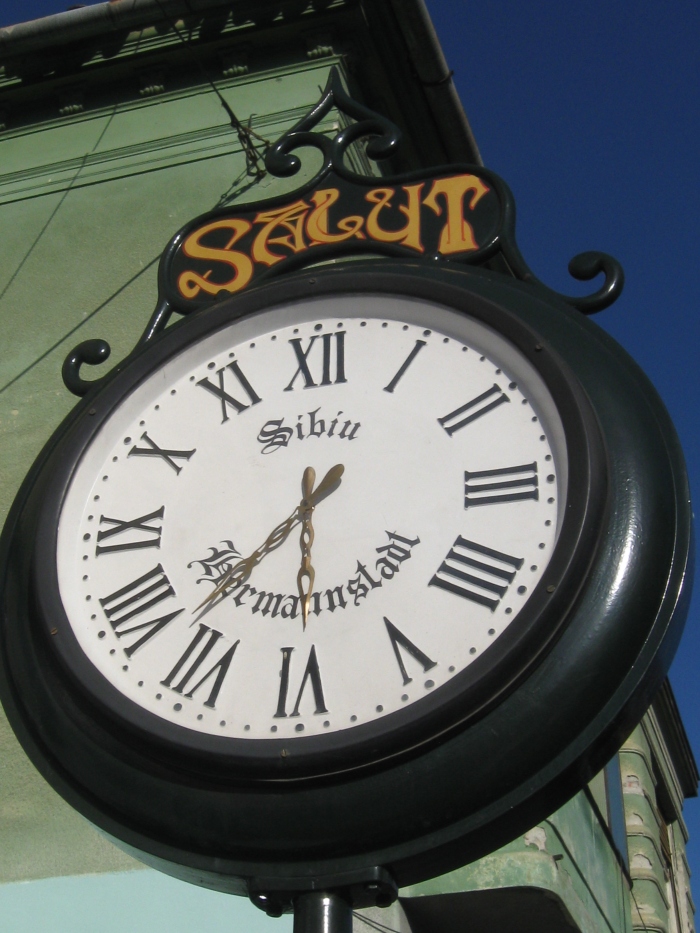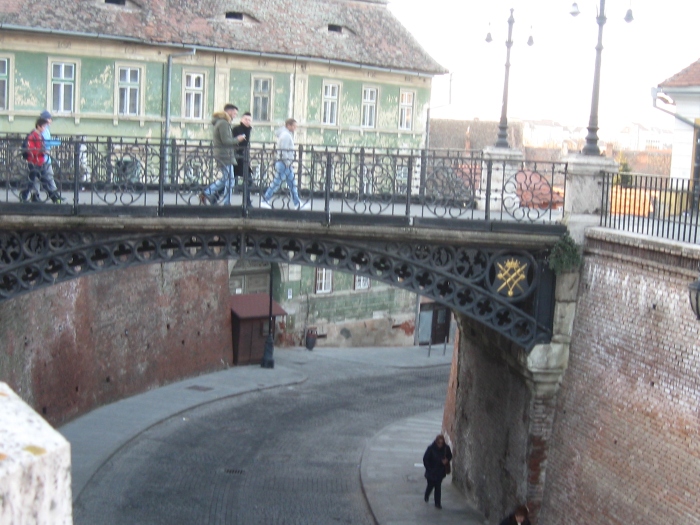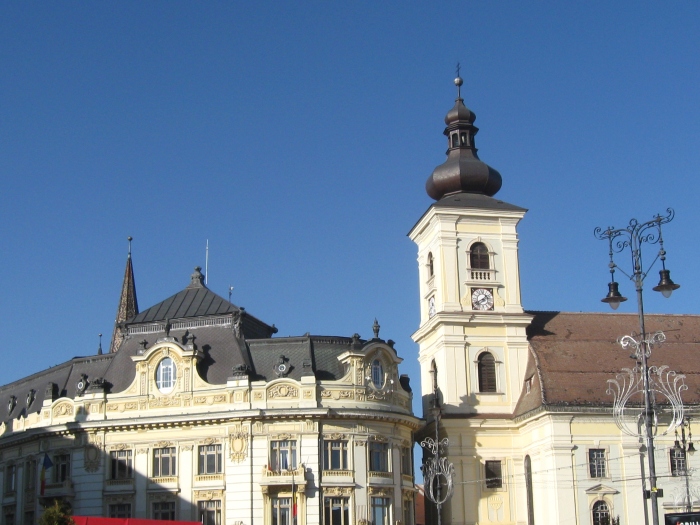Visiting Alba Iulia during the National Day of Romania( December 1st) can be responsible for a range of various emotions, the most obvoius one being that of taking pride in your Romanianess. Lots of military parades, political figures, traditonal singers and dancers occupy for a day the citadel, which has the power of enchanting the frozen souls of a cold December day.
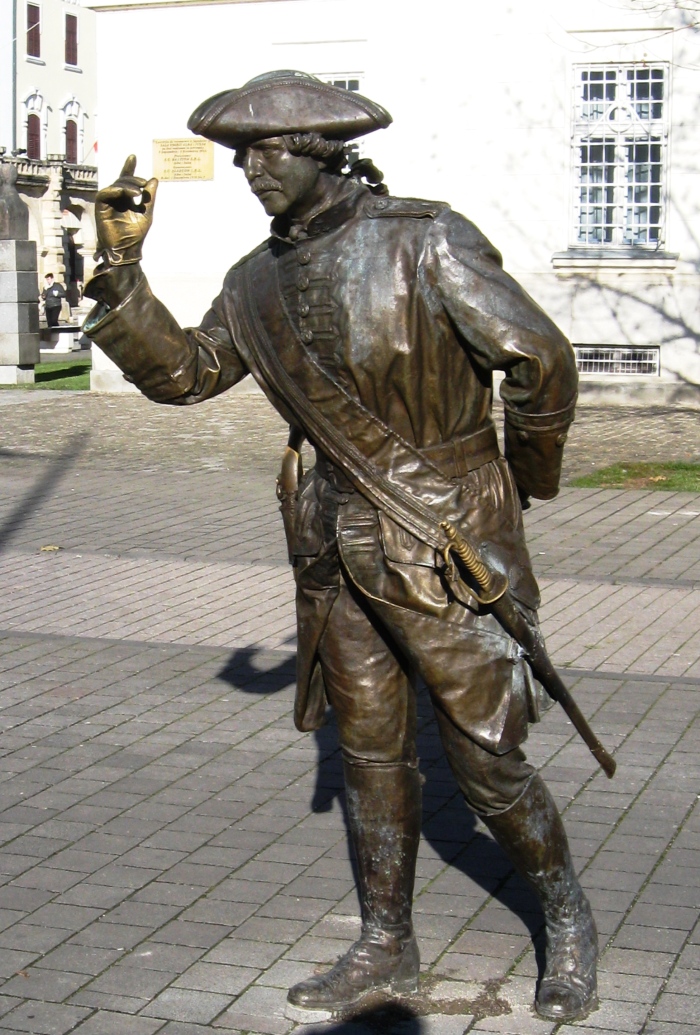
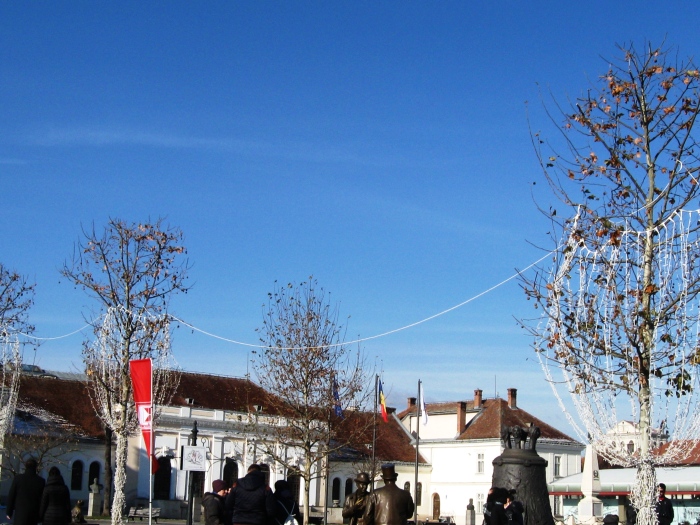

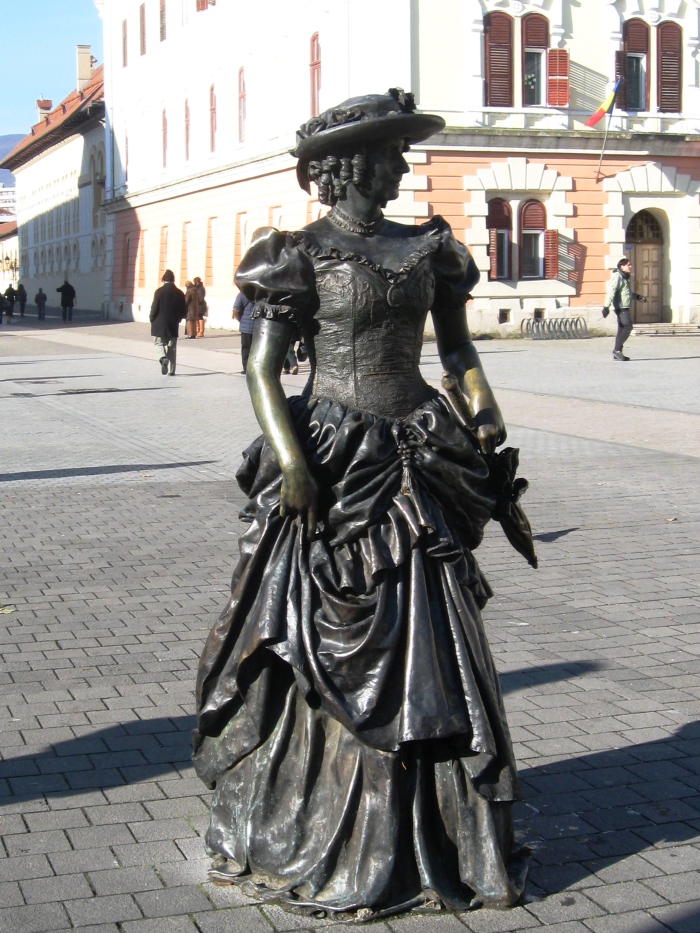

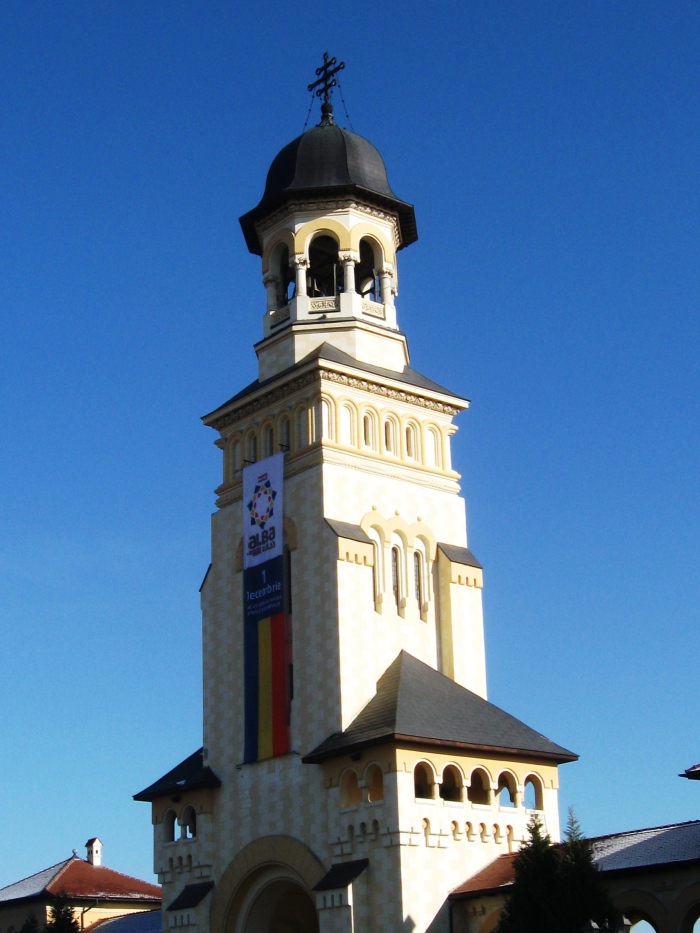

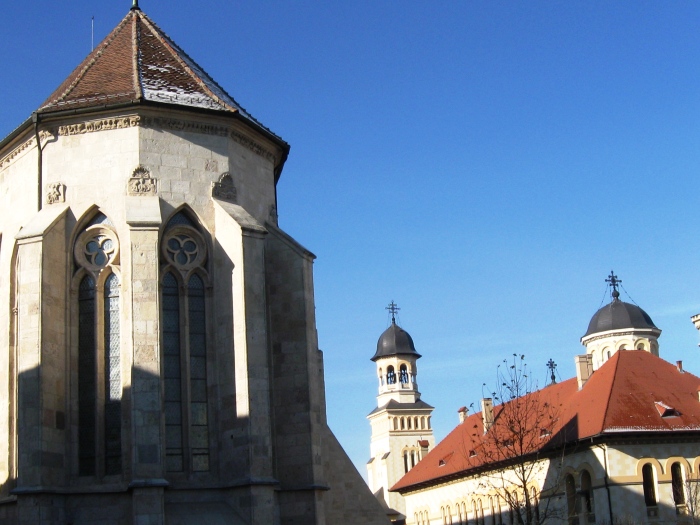
The city is also decorated for winter, since the Christmas market assures its presence here, as well. Which means that it is also time for warm wine, hot gloves, hats and some patriotic souvenirs.
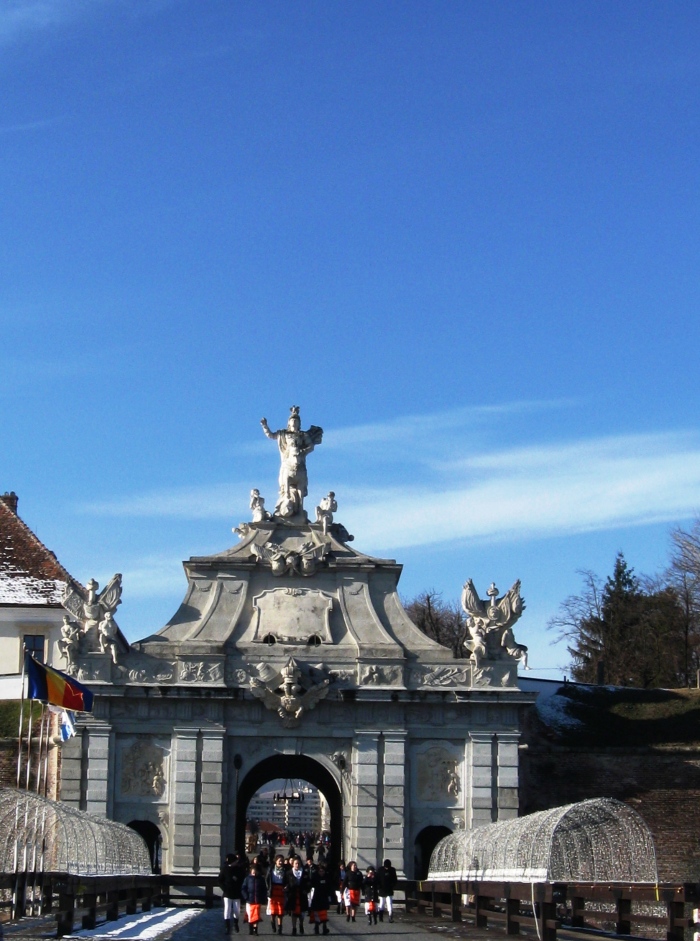
The city situated on Mures river was the capital of Eastern Hungarian Kingdom from 1541-1690. Its Roman name was Apulum and the city had also been known by the Slavic name of Balgrad. The largest citadel of Romania has a lovely ancient medieval center.
The city ‘ s main attraction is the fortess which contains 7 bastions in a stelar shape , built between 1716-1735.

The Roman Catholic Cathedral ( built in the 10th century) is one of the most representatives buildings of the medieval Roman style in Transylvania. Here, is also the tomb of John Hunyadi.

The Orthodox Unification Cathedral( 1921-1923) is the place where the coronations of the first Romanian kings happened( Ferdinand I, Queen Mary).


The National Museum of Unification is the place where you can find 130000 pieces of artworks. It was built between 1851-1853 and it served to a military purpose. Since 1887 it has been a museum.
